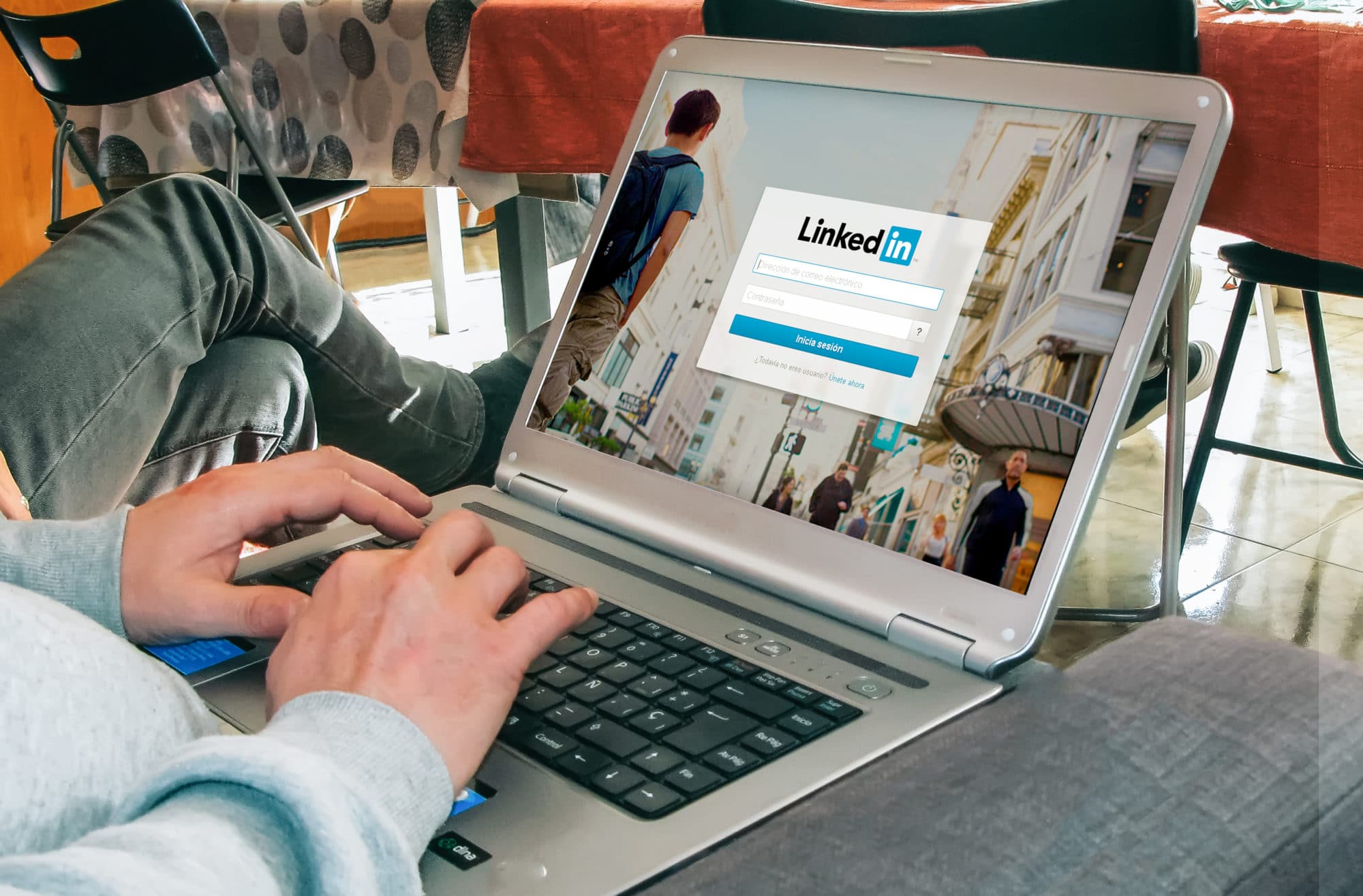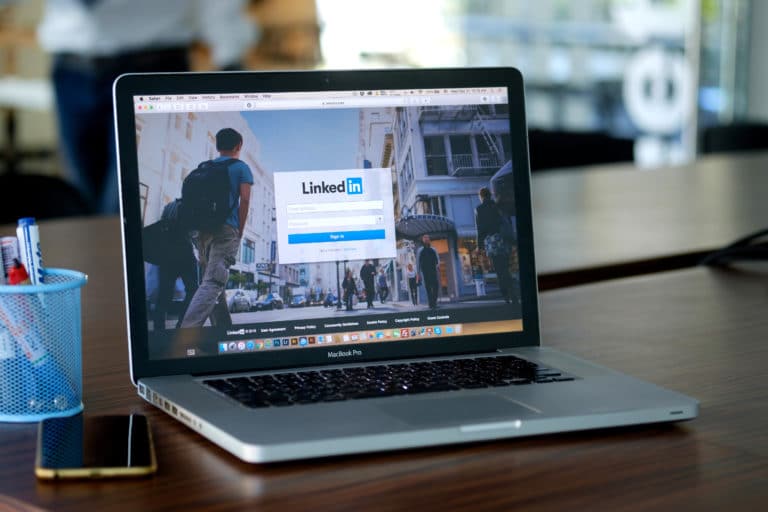Thought leadership is an essential ingredient to successful B2B marketing. However, with more brands offering the same solutions to the same target audience, lead generation is becoming harder than before.
That’s why you must break through the noise and become a thought leader.
The Importance of Thought Leadership in B2B
Wondering why thought leadership should be an integral part of your B2B marketing strategy?
Here are a few reasons why you should invest heavily in developing thought leadership for your B2B brand.
Boosts the Value of Your Brand
Research shows that 61% of B2B buyers make purchasing decisions based on thought leadership. This is partly because establishing yourself as a thought leader makes people perceive your product and brand to be more valuable.
Helps Build Trust
People want to know that they can trust your brand to deliver. The best way to do that is to develop thought leadership. A well-executed thought leadership strategy will help showcase your expertise and competence, thereby helping you gain your audience’s trust.
Fuels Your Inbound Marketing Strategy
Another reason you must develop a thought leadership strategy is because it helps fuel your inbound marketing. Because developing thought leadership involves putting out a lot of content, it will help you drive qualified inbound leads.
Versatile — Works at Every Stage of the Funnel
An essential aspect of B2B content marketing is effectively mapping content to the different stages of your buyer journey. Particularly with the B2B buying process radically changing, you need to make every touchpoint count. For example, your sales reps played a huge role in driving leads and generating sales in previous years. However, in today’s landscape, B2B buyers spend a mere 5% of their buying journey with sales reps. Instead, they spend the bulk of their time researching.
This is where thought leadership comes to play.
Thought leadership helps you gain your audience’s confidence as you guide them along each stage of the funnel.
Gives You Hyper-Personalization Opportunities
For too long, personalization was relegated to B2C circles. However, it also plays a huge role in B2B marketing. After all, B2B buyers are people too.
How does thought leadership help with your personalization efforts?
Thought leadership helps you position your brand in terms of your company ethos, value proposition, and culture, among other elements that make up your brand identity. All these help B2B buyers decide whether they’ll partner with you or another brand that aligns with their values.
What Platform Should You Choose?
When developing a thought leadership strategy, you must choose the right platform to distribute your content on.
Of course, one of the most important platforms to use is your blog. Publish high-quality, authoritative content that will help visitors to your website immediately know what you stand for and what you’re an expert in.
Besides your blog, social media is another powerful vehicle you can use to establish yourself as a thought leader. Some of the most prominent platforms you should consider using include:
LinkedIn is by far the most effective social media platform for B2B brands. One reason for that is that LinkedIn is the go-to platform for professionals. For instance, according to LinkedIn, 4 out of 5 LinkedIn users drive business decisions.
Need another stat to prove the power of LinkedIn in building B2B thought leadership?
According to the Sophisticated Marketer’s Guide to LinkedIn, 91% of marketers said LinkedIn is the top place to go for quality content. Also, a study by Hubspot revealed that LinkedIn generates 3x more conversions than Facebook and Twitter.
With facts and stats like these, it’s impossible to ignore LinkedIn as part of your social selling strategy. But, more importantly, it’s easy to see why LinkedIn must play a central role in your B2B thought leadership strategy.
Medium
Medium has a vibrant community of authors and readers who engage with the platform’s content. There are two ways you can leverage Medium as a platform to build thought leadership:
- Create an account and post your “story.”
- Publish on other Medium publications.
The only problem with Medium is that it’s an open platform where anyone can post anything. True, some B2B communities are on the platform, but it can never give you the targeting capabilities LinkedIn offers.
Twitter is another platform that gets a lot of conversations going on a topic. Using threads, Twitter chats, and much more, you can gather an audience and establish yourself as a thought leader. The only caveat is that the platform’s limitations make it more taxing to prove your expertise on Twitter than on LinkedIn.
Despite having more than 2.9 billion active users, Facebook pales compared to LinkedIn when it comes to making an impact in B2B circles. This is another clear example of the power of leveraging the right platform that appeals to your audience.
YouTube
Another fantastic platform you can use to build thought leadership is YouTube. With video fast becoming the preferred content consumption, you should include YouTube as one of your B2B content distribution channels.
Quora
Quora has been a popular platform for asking and answering questions about any topic under the face of the earth. You can easily establish yourself as a thought leader by answering questions your target audience would love answered.
So, which platform should get more of your time when executing a B2B thought leadership strategy?
If you could only focus on one platform, we’d recommend you go for LinkedIn. For one, it’s targeted towards B2B professionals. LinkedIn is also proven to drive 50% of all social traffic to B2B websites.
It’s a no-brainer, then. LinkedIn is the way to go if you want to establish yourself as a B2B thought leader.
How to Become a Thought Leader on LinkedIn
Now that you know why LinkedIn is the best platform to use to establish yourself as a thought leader, let’s quickly dive into how you can do just that.
1. Decide Who Will Represent the Organization
One of the first things you must do as you start your journey to establishing yourself as a thought leader on LinkedIn is to decide who will represent the organization. This will be the face and personality of your brand.
So who should represent your organization?
In most cases, the CEO/founder should be the first choice. One reason is that the CEO/founder is usually more knowledgeable about the brand and industry. In addition, they’re usually an expert in the field.
However, don’t restrict yourself to the CEO/founder. You can also leverage subject matter experts and other C-level executives in your organization and have different employees building their personal brands on LinkedIn. Doing so will help you spread your net wider and attract both talent and clients.
A few characteristics your thought leader should have include:
- Should be charismatic
- Willing to engage on social media
- Good communicator
- Able to spend time networking on their chosen platform
If you don’t have the bandwidth to build up your thought leadership content for your blog or LinkedIn, you can always outsource this aspect.
2. Decide on your TCP (Target Connection Profile)
Another crucial element to consider as you develop a strategy for your LinkedIn B2B thought leadership is to define your target connection profile (TCP). One of the easiest ways is to consider your ideal customer profile (ICP). However, don’t just look at the decision-makers in your ICP. You should also consider anyone who can benefit from the content you create and publish.
Once you’ve defined your TCP:
- Write a list of considerations that would make their lives easier, inspire them, educate them, and connect with them on a deep level.
- Build a list of themes or topics that you are uniquely qualified to discuss that could give them those insights.
Remember, to establish yourself as a thought leader, you must create content that your target audience is actively looking for. And you must give it away for free.
3. Update Key Areas of Your Profile
Thought leadership starts by building a personal brand. To do that on LinkedIn, you must update and optimize the key areas of your profile. These include:
Profile Image
One of the first things anyone sees when they visit your profile or see your interactions on LinkedIn. That’s why your profile picture must pop out and attract people and encourage them to engage with you. Tips for optimizing your profile picture include:
- Ensure your face takes up about 60% of the image.
- Show your teeth — a smile makes you both approachable and likable.
- Make sure the picture is clear.
Headline
After your profile picture, your headline is the next element people will see. Craft it carefully, so it easily lets your target audience know:
- Who you are
- How you (the company) can positively impact them
- The solutions you provide
Your headline should be a snapshot that convinces people to engage with you.
About
The “About” section is where you go into more detail about yourself and your brand. To optimize this, make sure it’s
- Unique
- Customer-focused
- Compelling
- Instantly positions your value/expertise
Featured Content
The featured content section is a carousel that highlights the content you’d like to showcase. This can include:
- Popular podcasts
- Books you’ve written
- High-performing blog posts
- Popular LinkedIn posts
This immediately positions you as an authority/expert in the eyes of your network.
4. Utilize the Most Effective Post Types
To establish yourself as a thought leader, you must drive engagement to your posts. This can only happen if you utilize the most effective post types the algorithm and users favor. As you can see, this means random posts won’t get you anywhere. Instead, you must develop a LinkedIn content strategy that will help you attract and engage the right audience. Some of the content types you can include in your content strategy include:
- Your origin story. This is particularly useful when starting out. You can also reiterate it occasionally, so new followers understand where you’re coming from.
- Case studies. Share customer success stories to prove your expertise.
- Partnerships and co-branded content. This type of content gives you more mileage as it helps you tap into your partner’s network.
- Your big hairy audacious goals for the world. Building in public is a bold way of attracting attention. One reason for this is people love seeing processes. So not only does this help you grow an audience, but it’s also a fantastic way to establish thought leadership.
- Original research. Nothing showcases your expertise like original research. It’s also an excellent way to boost your visibility as other industry players cite your findings.
- Your unique perspective. This is especially important as people don’t just want to know stats and facts. They also want your opinion on topics they’re passionate about.
5. Actively Build Your Network
You can’t be a thought leader if you’re in a vacuum. To establish yourself as a thought leader, you must build a strong network of peers and followers. After all, if no one consumes your content and engages with it, you’re only leading yourself.
How do you build a network that will help establish you as a thought leader?
- Spend time connecting with your TCPs via their comments each day.
- Reach out with personal messages to folks who comment on your posts when it makes sense.
- Add 5-10 new connections per day.
- Actively engage with content created by people in your network.
Examples of LinkedIn Thought Leaders
Before we wrap up this post, I just want to take a moment to show you a couple of examples of some B2B LinkedIn thought leaders. These will help you know what a thought leader looks like and how they maintain their LinkedIn accounts.
Alex Boyd
Unashamedly and without bias, I believe our CEO, Alex Boyd, is one of the best examples of a B2B LinkedIn thought leader.
An excellent B2B/SaaS marketer, he openly shares insider secrets on what has made RevenueZen the powerhouse it is today. He also doesn’t shy away from sharing some recipes of success that have helped his agency snag some pretty cool wins for its customers.
One of Alex’s LinkedIn superpowers is how he devotes time to engage with members of his network and share valuable insights.
Sarah Brazier
Sarah Brazier is an excellent example of C-suite boosting a brand’s thought leadership. As an account executive at Gong.io, a revenue intelligence platform for B2B brands.
Unlike most executives, Sarah brings spunk and personality to interactions. Her engaging style can make you forget that she has one of the dullest jobs on the planet — sales. However, in her witty manner, she breathes life into the role, inspires other SDRs, and attracts new clients with her gloves off tell-it-as it is content.
Sangram Vajre
Sangram Vajre is the co-founder of Terminus, an ABM platform designed to help brands drive qualified leads into their pipelines and increase revenue.
A prolific author and speaker, Sangram has a magnetic personality that helps him attract a huge following. And that personality exudes in his LinkedIn content. But personality isn’t the only ace up Sangram’s sleeve. He’s also a powerful educator who freely shares his knowledge and experience.
Become a Thought Leader on LinkedIn and Supercharge Your Social Selling
To get ahead of your competition, you must break through the noise in your industry. The best way to do that is to establish yourself as a thought leader. And there’s no better platform to help you do that than LinkedIn.
So, go ahead and develop a strategy that will set you up as a thought leader.
No time to plan, execute, and manage a thought leadership campaign?
We get you. RevenueZen can help with your LinkedIn thought leadership strategy. So just give us a shout, and we’ll partner with you on your journey to effective thought leadership.




